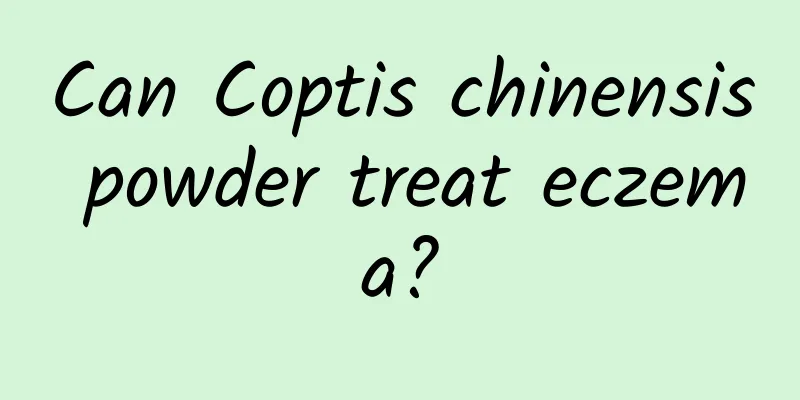The efficacy and function of motherwort flowers

|
Chinese medicinal materials are very common, and there are many types of them. There are also some differences in their efficacy. Therefore, you need to have a good understanding before choosing. Do you know about the medicinal material Leonurus flower? [Source] The flowers of Leonurus japonicus, a plant of the Lamiaceae family, are harvested when the flowers first bloom in summer, and then the impurities are removed and the flowers are sun-dried. 【Original morphology】 The plant morphology is detailed in the entry for "Motherwort". [Habitat distribution] Mainly produced in Jiangsu, Anhui and other places. [Properties] The dried flowers, whose calyx and pistil have fallen off, are about 1.3 cm long, lavender to light brown, and the corolla gradually tapers from the top to the bottom; the base is united into a tube, with 2 lips on the upper part, the upper lip is oblong, entire, and densely covered with long and thin white hairs on the back, and also has marginal hairs; the lower lip is 3-lobed, the central lobe is obcord-shaped, with short villi on the back, and the corolla tube mouth is ringed with hairs; there are 4 stamens, 2 of which are strong, and are born in the corolla tube, and the remaining style often extends out of the corolla tube. The smell is weak and the taste is slightly sweet. It is best to choose dry, leafless and impurity-free ones. 【Nature and flavor】 "Compendium of Materia Medica": "Tastes slightly bitter and sweet." 【Functions and indications】 ① "Compendium of Materia Medica": "It can treat swelling, poison, sores, ulcers, eliminate water and promote blood circulation, and various diseases of women during pregnancy and childbirth." [Usage and Dosage] For oral use: decoct in water, 2 to 3 qian. 【Excerpt】 《*Dictionary》 【Source】 From Compendium of Materia Medica The above content is an introduction to the effects and functions of the traditional Chinese medicine Motherwort flower. I hope it can be of some help to you. The culture of traditional Chinese medicine is profound and extensive. When treating diseases, we need to choose different medicines according to the different diseases to better help the body relieve troubles. |
<<: The efficacy and function of coix root
>>: The efficacy and function of Heterophyllum heterophyllum
Recommend
What is Ophiopogon japonicus
Ophiopogon japonicus is the tuberous root of the ...
China successfully set up a scientific experimental station on the seabed!
The "Exploration II" research vessel an...
Schisandra chinensis treatment of insomnia
Modern people live under a fast pace and high pre...
Do children really grow faster in spring?
Children today are faced with many challenges alo...
What are the effects of rapeseed bee pollen
Everyone knows about bee pollen and stamen pollen...
NASA will pay you a high salary if you stay in this house for a year
On July 6, 2024, in Houston, USA, four volunteers...
The efficacy and function of Momordica cochinchinensis root
The root of Momordica charantia is a traditional ...
The "new version of traffic lights" circulated on the Internet makes people anxious, and what makes people even more anxious is the red lights all the way...
Yesterday, the topic of "new version of traf...
Does smoking affect your appearance? It’s true!
Does smoking affect your appearance? You may answ...
The efficacy and function of Dula
Dula is a very common type of traditional Chinese...
Do you think Fuling only has pickled mustard tubers? Learn more about this bright new star in the energy industry~
Image from Sinopec Author: Huang Xianghong Duan Y...
The efficacy and function of daughter red leaves
The daughter red leaf has a long history, and unt...
The efficacy and function of Qingjiugang root
Nowadays, our living standards are constantly imp...
Don't tear off the sticker on the bottom of the thermos cup!!! Otherwise...
Today I will tell you a cold but warm knowledge: ...









